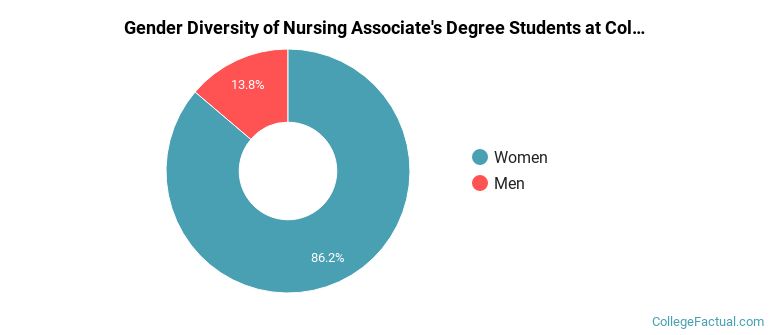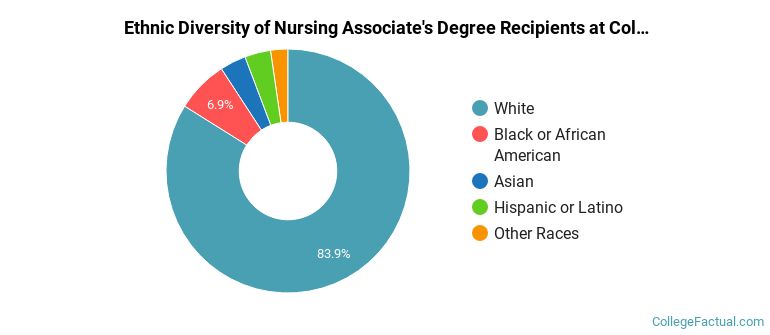 by our College Data Analytics Team
by our College Data Analytics TeamWe've pulled together some essential information you should know about the program, including how many students graduate each year, the ethnic diversity of these students, and more. We've also included details on how Columbia State Community College ranks compared to other colleges offering a major in nursing.
Jump to any of the following sections:
The bachelor's program at Columbia State Community College was ranked #1,118 on College Factual's Best Schools for nursing list.
In 2022-2023, the average part-time undergraduate tuition at Columbia State Community College was $740 per credit hour for out-of-state students. The average for in-state students was $170 per credit hour. The following table shows the average full-time tuition and fees for undergraduates.
| In State | Out of State | |
|---|---|---|
| Tuition | $4,564 | $17,764 |
| Fees | $340 | $340 |
| Books and Supplies | $1,800 | $1,800 |
Learn more about Columbia State Community College tuition and fees.
Columbia State Community College does not offer an online option for its nursing bachelor’s degree program at this time. To see if the school offers distance learning options in other areas, visit the Columbia State Community College Online Learning page.
During the 2021-2022 academic year, 87 nursing majors earned their associate's degree from Columbia State Community College. Of these graduates, 14% were men and 86% were women.

The majority of the students with this major are white. About 84% of 2022 graduates were in this category.
The following table and chart show the ethnic background for students who recently graduated from Columbia State Community College with a associate's in nursing.

| Ethnic Background | Number of Students |
|---|---|
| Asian | 3 |
| Black or African American | 6 |
| Hispanic or Latino | 3 |
| White | 73 |
| Non-Resident Aliens | 0 |
| Other Races | 2 |
| Related Major | Annual Graduates |
|---|---|
| Allied Health Professions | 156 |
| Allied Health & Medical Assisting Services | 7 |
| Clinical/Medical Laboratory Science | 5 |
| Medical Illustration & Informatics | 4 |